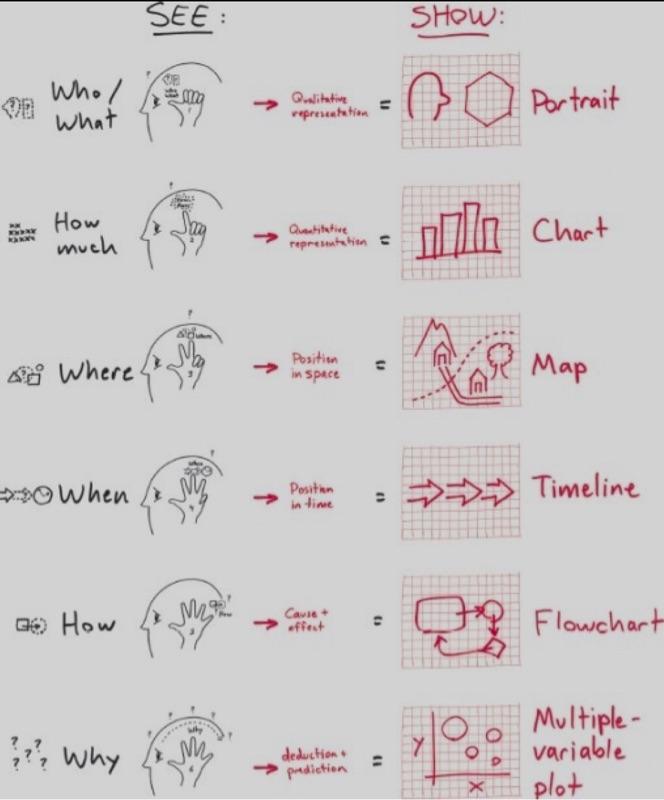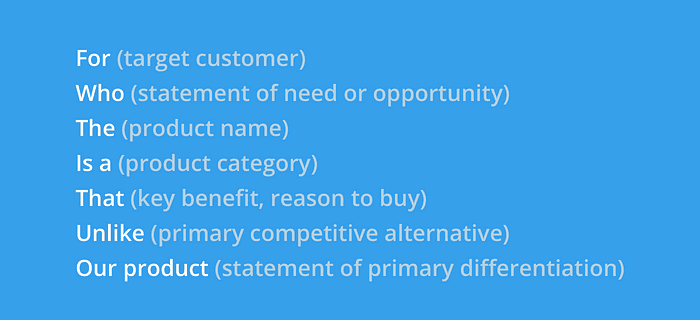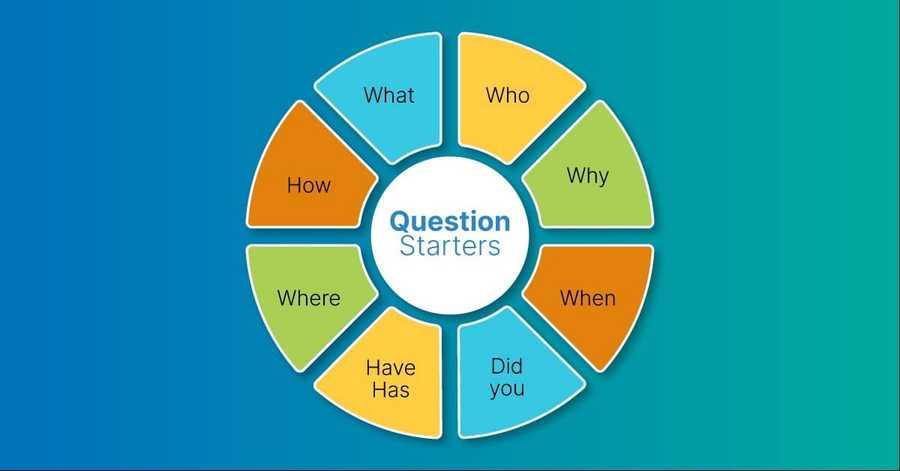What We Show And What We See
- a PORTRAIT for a “who” or “what” problem;
- a CHART for a “how much” problem;
- a MAP for a “where” problem;
- a TIMELINE for a “when” problem;
- a FLOWCHART for a “how” problem; or
- a MULTIPLE-VARIABLE PLOT for a “why” problem.
From just these six, we have the backbone framework for any problem-solving picture.
29
219 reads
CURATED FROM
IDEAS CURATED BY
The more one seeks to rise into height and light, the more vigorously do ones roots struggle earthward, downward, into the dark, the deep — into evil.
The Back of the Napkin proves that thinking with pictures can help anyone discover and develop new ideas, solve problems in unexpected ways, and dramatically improve our ability to share our insights. This book will help readers literally see the world in a new way.
“
The idea is part of this collection:
Learn more about business with this collection
Identifying the skills needed for the future
Developing a growth mindset
Creating a culture of continuous learning
Related collections
Similar ideas to What We Show And What We See
Know what problem you are solving and for who
Before you conduct any customer research, you need to know what problem you are solving, who you are solving it for, and have a product idea. In any case, try to be as specific as possible on both your idea and your ideal customers.
What We Value
What we are passionate about is often superficial, but what we value, we can do no matter how difficult the circumstances, because we derive meaning and value from it. It is different from a compulsion or an addiction.
We need to ask three questions to direct our energy:
- What ...
Use open-ended questions
Start your questions with who, what, when, where, why or how.
For example, instead of asking "Were you terrified?", which will produce a "yes" or "no" answer, try asking, "How did that feel?" They might have to think about it, but you'll get a much better response.
Read & Learn
20x Faster
without
deepstash
with
deepstash
with
deepstash
Personalized microlearning
—
100+ Learning Journeys
—
Access to 200,000+ ideas
—
Access to the mobile app
—
Unlimited idea saving
—
—
Unlimited history
—
—
Unlimited listening to ideas
—
—
Downloading & offline access
—
—
Supercharge your mind with one idea per day
Enter your email and spend 1 minute every day to learn something new.
I agree to receive email updates


